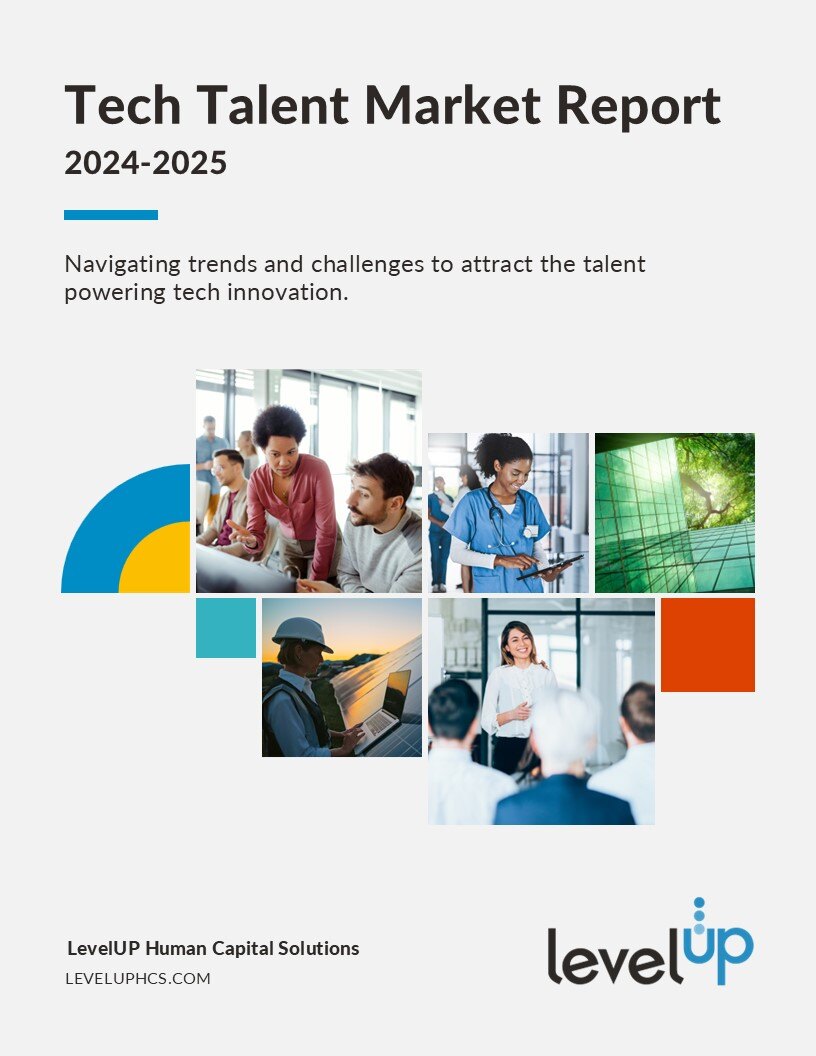As technology advances at breakneck speed, organizations across all sectors—not just IT—are locked in fierce competition for a shrinking pool of specialized talent. With demand soaring and supply limited, the question becomes: are traditional hiring strategies enough to close this gap?
By 2026, over 90% of organizations are expected to feel the impact of the IT skills gap, with potential losses reaching $5.5 trillion due to delayed projects, reduced competitiveness, and missed business opportunities.
Relying on conventional methods not only leaves companies vulnerable to delays and costly disruptions, but also stifles innovation as they lose ground to more agile competitors. To bridge the skills gap, organizations must rethink their strategies, shifting from reactive hiring to a proactive, multi-faceted approach that fosters adaptable, resilient talent pipelines.
What’s Driving the Technology Skills Gap?
The skills gap is widening as technology advances faster than the workforce can adapt. Key drivers of this gap include:
Accelerated Digital Transformation: Digital transformation initiatives have placed technology at the core of operations for most industries globally. This demand places pressure on talent pipelines, as organizations in various sectors and countries compete for the same skilled professionals.
Demand for Emerging Tech Expertise: The growth of fields like AI and cybersecurity tooling has created an urgent need for specialized skills. As companies adopt these technologies, they face a shortage of talent with the required expertise. For example, roles that involve data science, machine learning, and cloud architecture are critical but scarce, making it challenging for organizations to keep up.
Mismatched Skillsets: With a shift in priority toward high-demand areas like AI and cybersecurity, professionals from traditional tech functions (such as IT support and back-end system management) may find their skills less in demand. This creates a mismatch between existing skill sets and the market’s needs, while also leaving many workers with conventional skills without a clear path to transition into in-demand roles.
Legacy Systems and Specialized Skills: Older, mission-critical systems, such as IBM i, require unique, highly specialized knowledge. As experts in these fields retire, the pool of replacements is limited. This skill shortage impacts the continuity of operations for organizations dependent on legacy systems and creates a struggle to find and retain experts with niche skills.
Aging Workforce and Retirements: Many tech professionals, especially those with expertise in older systems like IBM i and AIX, are approaching retirement. Replacing this knowledge isn’t easy, as these legacy skill sets aren’t widely transferable to newer technologies, leaving companies at risk of losing critical knowledge and operational continuity.
Strategies to Close the Skills Gap
To bridge the skills gap in tech, employers need to develop thoughtful talent acquisition and workforce strategies that emphasize both foundational skill development and adaptive talent strategies:
Foundational Skill Building and Development
Develop Targeted Skills Initiatives
Employers should identify critical tech skills needed for both legacy systems and emerging technologies. For high-priority skills like AI, cybersecurity, and cloud, organizations can create targeted training programs, while also maintaining expertise in legacy systems (e.g., IBM i). Focusing on these specific areas allows companies to develop a balanced talent pool that supports both innovation and operational stability.
Provide Leadership and Soft Skills Training
Beyond technical training, investing in soft skills, such as problem-solving, adaptability, and leadership, prepares employees to navigate the complexities of digital transformation. Leadership programs ensure that teams are equipped to manage change effectively, creating a more agile and resilient organization. These skills are essential for maximizing the impact of technology initiatives, fostering collaboration, and supporting career growth.
Cultivating a Learning and Growth Culture
Create a Continuous Learning Culture
A learning-focused culture supports ongoing skill development and encourages employees to stay with the organization long-term. Employers can offer workshops, certifications, and e-learning platforms for upskilling, while also establishing mentorship opportunities for knowledge transfer.
Incorporate Experiential and Hands-On Learning
Employers can boost engagement and retention of technical knowledge through experiential learning formats like hackathons, labs, and simulations. These hands-on experiences allow employees to practice real-world scenarios, enhancing skill retention and practical understanding. Gamified learning and mini-certifications can also make learning more interactive and aligned with employees' professional goals.
Optimizing Internal and External Talent Channels
Encourage Internal Mobility
An internal career marketplace helps employees move into roles that match their evolving skills, reducing the reliance on external hiring. By offering targeted training and career advancement options, employers can retain skilled workers and better allocate talent across departments. Internal mobility can reduce costs and align employee growth with organizational needs, especially for high-demand areas like cloud and cybersecurity.
Leverage Non-Traditional Talent Pools
Flexible arrangements, including contract and project-based hiring, allow companies to adapt to changing skill demands without increasing permanent headcount. This model is especially effective for skills tied to rapidly evolving tech areas, where long-term needs may be uncertain. Contracting specialists in AI or cybersecurity provides targeted expertise while managing costs and maintaining agility within the organization.
Collaborate with Education Institutions
Partnering with universities and training centers helps cultivate a steady talent pipeline equipped with essential technical skills, especially in areas where on-the-job transferability is limited. These partnerships enable tailored programs that address specific industry needs, preparing students for specialized roles and meeting emerging demands.
Proactive Skills Assessments
Quarterly skills evaluations enable organizations to monitor talent gaps, allowing them to proactively adjust recruitment and training plans. Employers can map skills against 12- to 18-month objectives to keep teams aligned with business goals. Regular assessments also help forecast future needs, ensuring the workforce remains responsive to emerging technologies and evolving market demands.
For forward-thinking organizations, the technology skills gap presents a valuable opportunity to innovate and reshape their talent strategies. This approach is twofold: firstly, it involves crafting proactive workforce strategies that keenly align with the evolving talent market. Secondly, fostering a culture of continuous learning—where employees are encouraged to upskill and experiment—becomes essential. For many, this journey will mean partnering with expert providers who bring the tools, insights, and scale needed to close skills gaps effectively.
LevelUP Human Capital Solutions was founded in 2012 with the mission to modernize talent acquisition. We design customized, sustainable, and DE&I-focused talent acquisition and workforce solutions for our clients that promote a true partnership. Our solutions prioritize the identification of essential skills, while our dedicated talent intelligence team continuously monitors in-demand skills and market trends to provide you with critical insights needed to stay ahead of the competition. With a global reach, we support some of the best-known companies within technology, ad technology, fintech, wellness, financial services, management consulting, production, data and analytics, retail, biotechnology, and healthcare.






